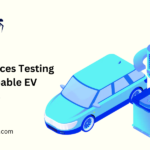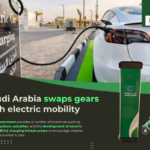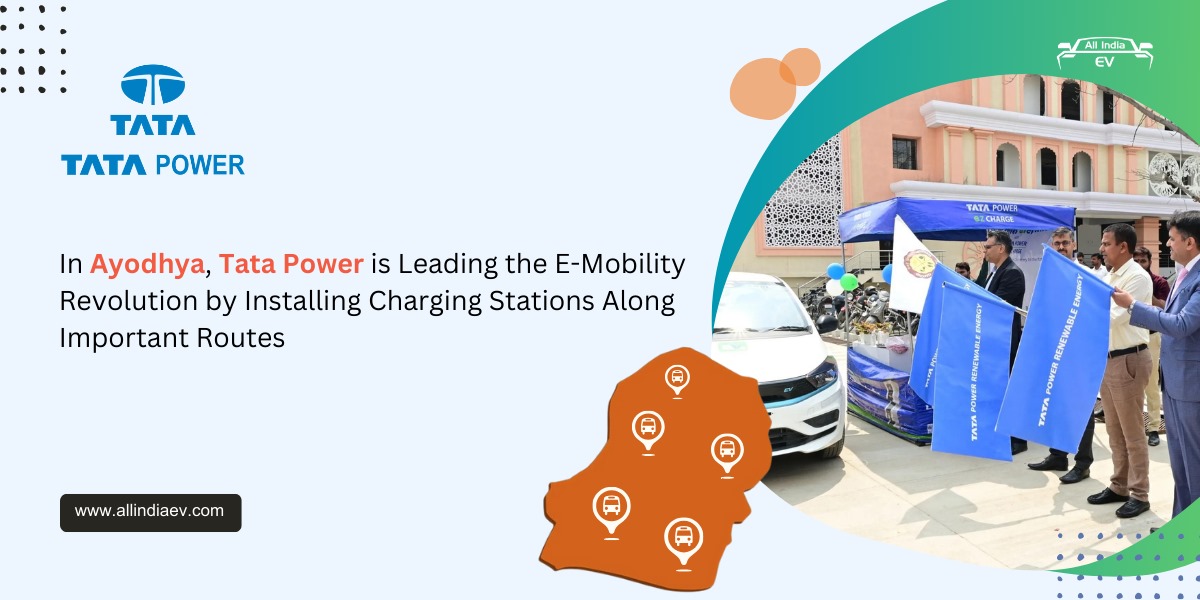
The EV population has grown 12x, from 0.35M in 2019 to 4.4M in 2024, highlighting the rapid shift to electric vehicles.
India is on the brink of a monumental shift in its transportation sector, with electric vehicles (EVs) set to dominate the roads in the coming decade. According to a comprehensive report from the India Energy Storage Alliance (IESA) and Customised Energy Solutions (CES), the country is projected to have 123 million EVs on the roads by 2032. This ambitious forecast is driven by supportive government policies and significant advancements in research and development (R&D).
✅ A Surge in EV Adoption
India’s EV market is on a rapid upward trajectory, with the total number of electric vehicles on the roads increasing nearly twelvefold from 0.35 million in 2019 to 4.4 million in 2024. This growth is largely attributed to government incentives like the FAME-II scheme, which has made EVs more accessible to the average consumer by offering subsidies for EV purchases.
In 2024, electric two- and three-wheelers make up over 93% of the on-road EV stock, while electric four-wheelers represent about 6%. Electric buses and trucks still make up a smaller percentage, but the adoption is expected to grow exponentially in the coming years. The personal electric four-wheeler segment is becoming increasingly crucial in the growth of India’s private and home charging infrastructure, further propelling the EV transition.
✅ The Roadmap to 2032: EV Penetration and Market Scenarios
The IESA and CES report outlines several growth scenarios for the EV market in India, estimating that by 2032, the country could have anywhere between 49 million to 123 million EVs on the roads.
- Worst-case scenario: 49 million EVs
- Business-as-usual scenario: 60 million EVs
- NEV (New Energy Vehicle) scenario: 123 million EVs, based on the EV30@30 initiative.
The NEV scenario, the most optimistic one, assumes that India will meet its target of 80% EV penetration for two- and three-wheelers, 30% for private four-wheelers, 70% for commercial cars, and 40% for electric buses by 2030. This would align directly with the NITI Aayog vision for the electrification of transportation.
✅ Building the Charging Infrastructure of Tomorrow
As EV adoption accelerates, the charging infrastructure required to support this shift will need to grow exponentially. Currently, India has about 76,000 public and captive charging points with a combined installed capacity of 1.3 GW in 2024. Of these, AC-001 chargers account for nearly 50% of the total installed charging points, with CCS2 chargers dominating the overall installed capacity due to the increasing demand for high-power DC fast charging.
To support the projected growth in EVs, IESA and CES predict that by 2032, India will need between 0.9 million and 2.1 million charging points, representing a 12 to 28-fold increase from current levels. Furthermore, the total installed charging capacity must scale up by more than 17 times, growing from 1.3 GW to 23 GW, depending on the pace of EV adoption and infrastructure utilization.
✅ A Comprehensive Transition: Government Policies and R&D
The future of India’s EV market is intrinsically tied to the growth of R&D and continued government support. Policies such as the FAME-II scheme have laid a strong foundation for growth, but ongoing innovation in areas like battery technology, charging networks, and vehicle safety will be crucial for realizing the full potential of the EV market.
The NEV scenario outlined by IESA and CES envisions a future where India has achieved high levels of EV penetration, helping the country reduce its dependence on fossil fuels, combat climate change, and foster a green economy. With a combination of government incentives, private sector innovation, and growing consumer demand, India is poised to lead the way in the global transition to electric mobility.
✅ Looking Ahead: The Road to 2032
As India prepares to embrace this monumental shift, EV adoption and charging infrastructure will be at the core of the transformation. The data is clear: the country is poised for an EV revolution, with 123 million EVs expected on the roads by 2032, reshaping the automotive landscape and paving the way for a cleaner, more sustainable future.










